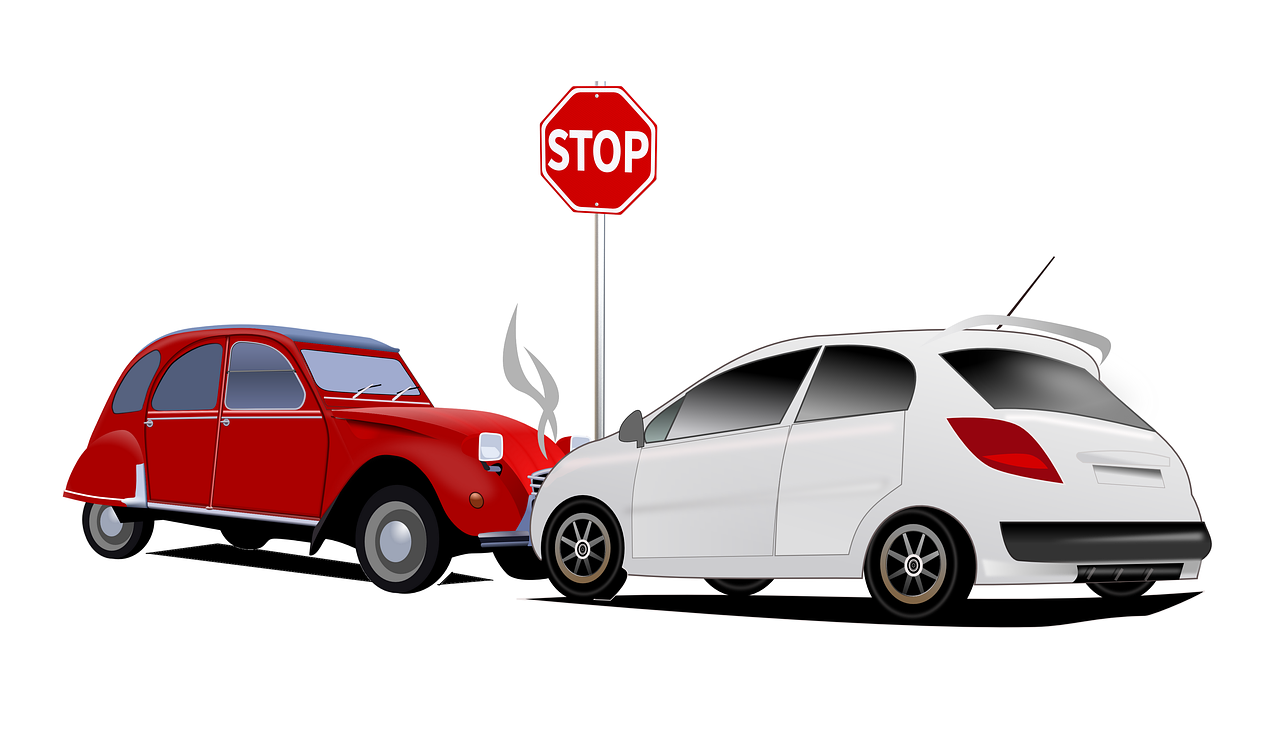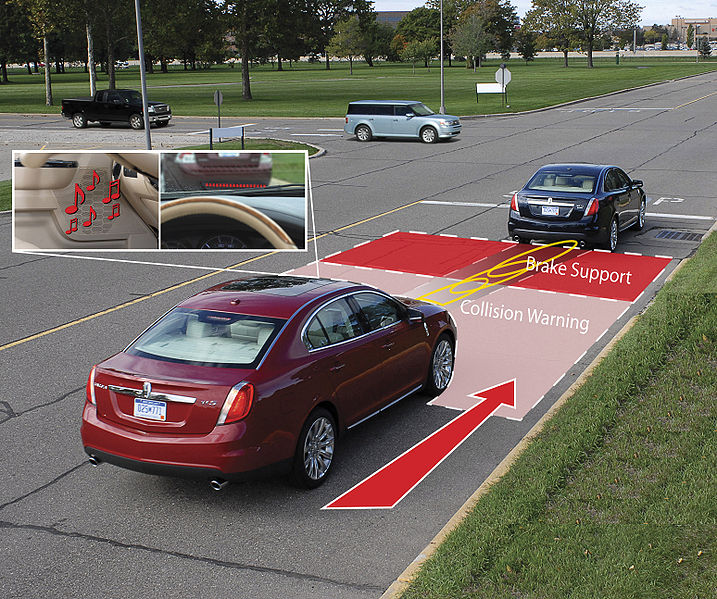PRE-COLLISION TECHNOLOGY; HOW ABOUT A CAR THAT WOULDN'T CRASH
As much as driving can be fun, it might also not return a good feeling. Accidents are unplanned events that usually occur to the disadvantage of the casualty involved. Motor accidents are also not a new occurrence on our world today, according to road crash statistics, nearly 1.3 million people die in road crashes each year, on average 3,287 deaths a day. Amongst various reasons or causes of motor accidents, some occur as a result the driver's inability to make decisions or decisions being made too late or too early. How about a car that would know what to do within these crucial moments of quick decision or indecision. I present to you a technology I recently stumbled on while doing some reading; the PRE COLLISION TECHNOLOGY
The introduction of car safety measures such as seatbelts, airbags and the likes are steps taken by vehicle manufacturers to satisfy the growing demand for auto safety features and better “crash-rating” systems these manufacturers have begun to include some technology which is much more sophisticated than he seat belt and airbag, this is done with the belief that it would reduce the number of casualties and accidents in general.
Pre collision technology also known as collision avoidance system, pre-crash system, forward collision warning system, or collision mitigating system is a system in automobiles which is programmed to reduce or prevent collision or reduce its damage effects. It is designed to carefully evaluate the condition and position of the driver (and vehicle) and other objects on the road. The Pre-collision Technology makes use of very complex technology as the cases of accidents are unplanned. It is an active safety system in an automobile as it makes certain decisions on behalf of the driver.
Basically, the PCS makes use of sensors to detect an object as a result of evaluation of a series of parameters such as the vehicle speed, lane position and also that of the object, it then acts on behalf of the driver to apply the brakes or steer away from the object or both.
Early collision detection systems make use of infrared technology to detect objects but the pre collision systems of today make use of radar technology.as there are several independent vehicle manufacturers, the properties of the PCS might vary, in this post, I would highlight all possible features of the system.
The radar detectors are placed at the front of the car, usually within the grill. The detectors send out quick bursts of high frequency waves intermittently, as a property of waves, they will bounce off nearby objects and return to the sensor which can use the information gathered to determine the position, speed, distance and relative velocity of the other vehicle (or object) such that if there happens to be a change in these properties, the sensor automatically calculates the likelihood of a collision and the best measure to assist the driver in order to prevent it.
Some systems also makes use of cameras which are equipped to work like human eyes and evaluate the surrounding object environment in 3D. Night vision compatibility is also found in some systems.
The system either warns the driver of the impending danger using indicators or warning sounds or take an autonomous action independent of the input of the driver. It also helps to maintain a set distance from the car in front this is the work of the common Adaptive Cruise Control feature found in modern vehicles.
Some systems are also equipped with pedestrian detection features which might trigger warning sounds or headlamp flashing to warn the pedestrian and other measures to prevent an accident.
As stated earlier, the systems consist of several safety subsystems attached to the vehicle systems, these include;
- Pre-crash brake systems; which are employed to apply additional brake pressure to the brakes so as to assist the process of slowing down as fast as possible therefore reducing or preventing damage caused by collision. It can also detect cases where the driver has pressed the wrong pedal. Examples of systems that fall into this category include; Automatic Emergency Brake (AEB) system, Rear Automatic Emergency Brake ( rear AEB)
- Pre-crash seat belt system; these usually are designed to automatically tense the seat belts when a crash is detected
- Pre-crash steering assist; these are made to assist the driver in order to steer away from the danger or to control the steering. Examples are; Lane-Keeping Assist (LKA) and lane-centering assist.
- Pre-crash warning systems; these systems warn the driver of impending danger or notify the driver to take an action as required to stay safe. These include; Forward-collision Warning (FCW), Blind-Spot Warning (BSW), Rear Cross-traffic warning, Lane-Departure Warning (LDW).
MY CAR DOES NOT HAVE A PCS INSTALLED
Although the PCS technology has been around for a while, not all vehicles are equipped with it, you can find a list of vehicles which have PCS capabilities HERE
As much as emergency collisions and accidents are concerned, they are usually unpredictable and there is the need for utmost precision in the PCS in order to prevent the PCS from causing an accident instead of preventing it. Therefore, testing is very important in order to make sure these systems function as required.
Testing should be done putting in mind, factors such as the country or environment in which the vehicle is intended and other vital specifications. All relevant information should be included in the information manual and should be easily understandable by the user.
REFERENCES
ROAD CRASH
CARS WITH ADVANCED SAFETY SYSTEMS
Thank you for reading.



The future